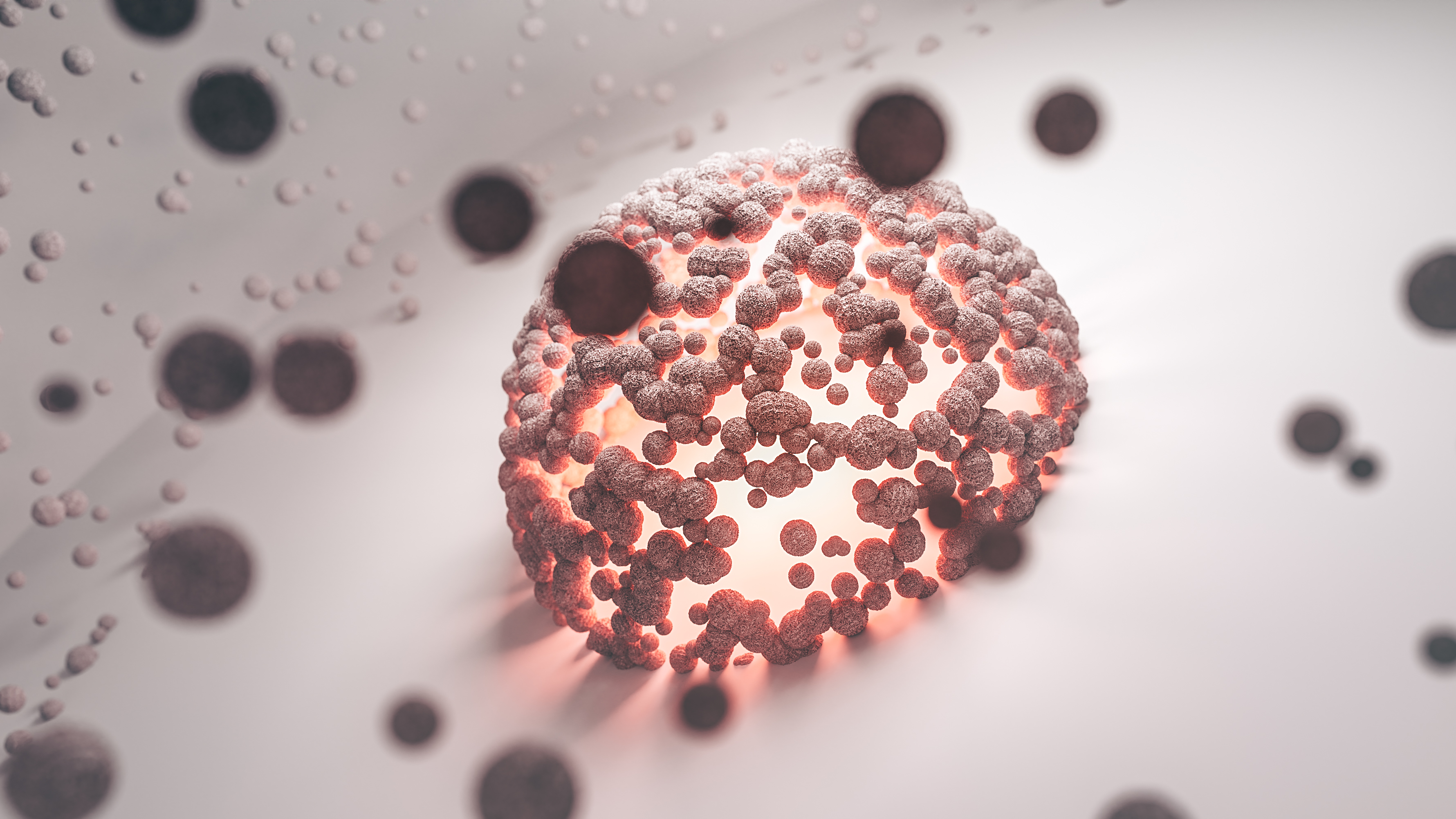Study of Emerging Pathogens to Better Understand Influenza-Antibody Interactions Could Improve Diagnostics
Posted on 30 Jan 2023
Outbreaks of Avian influenza have occurred around the world for over a century. The highly pathogenic H5N1 virus which was first identified in 1996 can lead to severe disease and has a high fatality rate among humans. If the H5N1 virus mutates and becomes easily transmissible from person-to-person while simultaneously maintaining its capability to cause severe disease, there could be serious consequences for public health. For long, scientists have wondered why aquatic birds, particularly ducks, which are carriers of influenza viruses rarely become severely ill themselves. They are yet to find the answer to how their immune systems can be a reservoir for such a highly infectious and pathogenic virus, but still remain mostly unharmed. Also, scientists are yet to find out of the immune system can be engineered to stop transmission of viruses to other animals and humans, thereby preventing future pandemics. Now, a team of investigators will attempt to answer these questions as part of an ambitious, three-year project.
The project involving four faculty members at the University of Illinois Urbana-Champaign (UIUC, Urbana, IL, USA) was one of 13 selected by the Howard Hughes Medical Institute (HHMI, Chevy Chase, MD, USA) as part of its USD 100 million Emerging Pathogens Initiative that will provide USD 9.5 million over three years to the project. The work and the platforms developed by the group over the coming years will help scientists better understand other avian viruses or other host-virus relationships and the steps needed to prevent them from spreading.

The investigators will first attempt to develop ways to purify antibody-producing cells from ducks to better understand their antibody repertoire. They plan to extract immune cells from the blood of ducks, sequence the antibodies and characterize them, to finally assemble a pool of antibodies for further investigations. For instance, the investigators will determine the different strains of influenza an antibody that could be neutralized and how effective those antibodies could be in neutralizing the virus. Based on observations from their sequencing work, the team will translate them into human systems.
The influenza virus enters its host through mucosal routes such as the nasopharynx and lungs and gut. The investigators will adopt various engineering approaches to address the different ways in which the influenza virus invades its hosts. The business part of antibodies is a series of loops that are hypervariable. The immune system selects those loops that bind tightly to a molecule of the pathogen. These loops can be mimicked with circular peptides to create antibody-like molecules. The information derived about the antibodies from ducks and human cells can be used to design the cyclic peptides against avian influenza. Ultimately, their work could have implications beyond influenza. The researchers expect to develop “modular” antibody evolution and engineering platforms that can be easily repurposed for targeting other emerging pathogens. Additionally, the platforms could be adapted for developing biologics to treat other diseases such as cancer.
“We will use the information gathered and combine it with evolution platforms in human cells to study how the duck antibody sequences evolve,” said UIUC chemistry professor Dr. Angad Mehta. “We’ll also engineer and evolve these antibody sequences to make human antibodies. Overall, our efforts could inform biologics development, diagnostics, and vaccine design.”
“We are optimistic that this initiative will help these scientists develop new, untested approaches that can reveal how pathogens work and how the human immune system responds to pathogen infection,” said HHMI Vice President and Chief Scientific Officer Leslie Vosshall. “With this program, we hope to gain some of the knowledge and tools we need to get a scientific head start on future epidemics.”














